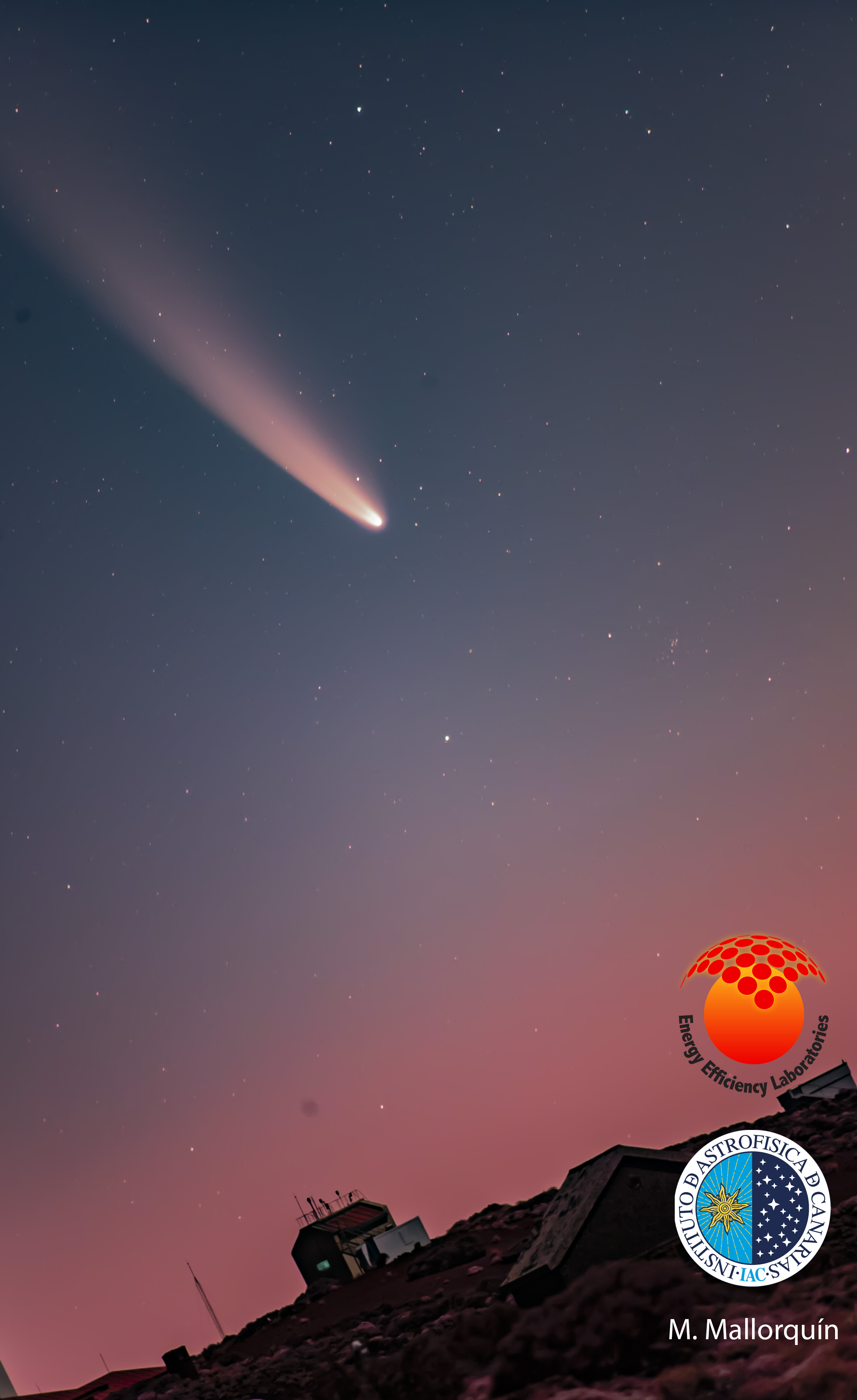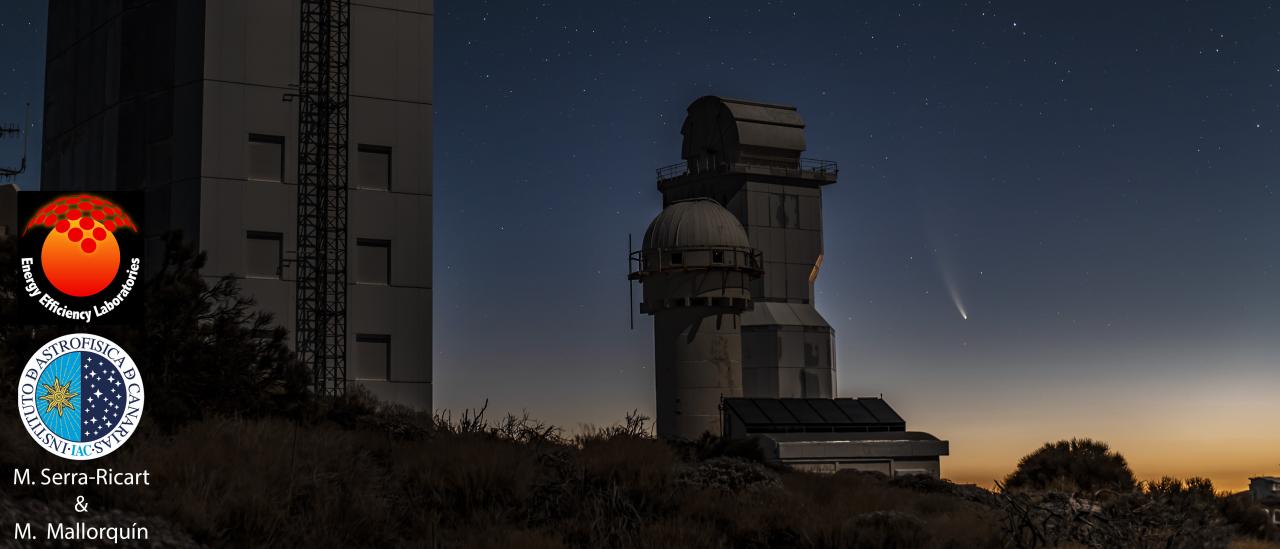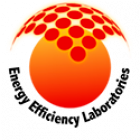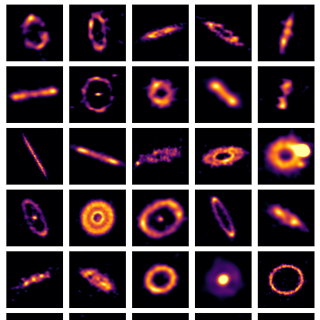During the month of July we will be able to see comet c/2020 F3 (NEOWISE) with the naked eye from the Canaries and from the Peninsula.
Comet C/2020 F3, which was discovered on March 23rd by the NASA satellite NEOWISE and has been given the name of this satellite, passed its perihelion, the point in its orbit closest to the Sun, on July 3rd. At that time its distance from the Sun was 43 million kilometres, and we will not be visited again by this comet for another 6,800 years.
Since perihelion it is still very near to the Sun, and it is visible just before dawn, so that we have barely half an hour to observe it before the dawn light makes it invisible. It will be at its closest to Earth onJuly 23rd, when it will be at a distance of 0.69 astronomical units, (103 million kilometres). From that day on it will be visible after sunset. As it moves further from the Sun it will get fainter, but because of the darker sky at night its contrast will increase and it will be easier to see, which will also be favored by a still thin crescent Moon.
The comets are Solar System objects composed mainly of ice and dust, so they have been nicknamed “dirty snowballs”. They move around the Sun on very elliptical orbits, with periods (the time they take to go once round their orbit) ranging from a few years to hundreds of thousands of years. When they move close to the Sun (near perihelion) its heat melts the comets’ ice, and they emit gas and dust particles, which are driven out by the Sun’s radiation and wind, forming the tail of the comet, which can measure well over a million kilometres long. The solid part of a comet is its nucleus, and they range from 10 km to 40 km in size.

The majority of the comets come from the Oort Cloud a spherical cloud of small bodies at around one light year from the Sun, although some of them originate in the Kuiper Belt, a disc of material between 7,500 and 15,000 million kilometres from the Sun, and these latter are usually short period comets, (less than 200 years).
The study of comets is very interesting for astronomers because they are in a sense fossils dating from the epoch of formation of the solar system, so they contain information about the birth of our planetary system. If the comet comes from the Oort cloud (which is the case for comet Neowise) the scientific interés is even greater, because they are usually new comets which contain primordial unprocesses material from the original cloud (the solar nebula) which formed our solar system.
NEOWISE
In September 2013 the WISE (Wide-Field Infrared Survey Explorer) space telescope, which was deactivated because it had competed its mission to make an astronomical study of the whole sky using infrared imaging, was reactivated and given its present day name NEOWISE. Its new mission is to strengthen NASA’s efforts to identify and characterize the population of objects near to the Earth (Near Earth Objects, or NEO’s). Since then it has obtained nearly 10.3 million sets of images and had a data base with over 76 thousand million detections.
Near Earth Objects (NEO’s) are comets and asteroids which have been driven into the Earth’s neighborhood by the gravitational fields of the planets. Some of the objets discovered by NEOWISE, such as C/2020 F3, have been classified as potentially hazardous asteroids (PHA’s), Objects near to the Earth are classified as PHA’s depending on their sizes and their proximity at the orbit of the Earth.
EELabs (eelabs.eu) is a project funded by the Programme INTERREG V-A MAC 2014-2020, cofinanced by FEDER (European Fund for Regional Development) of the European Union, under contract number MAC2/4.6d/238. Five centres in Macaronesia (IAC, ITER, ULPGC, SPEA-Azores and SPEA-Madeira) work in EELabs. The objective of EELabs is to build laboratories to measure the energy efficiency of the artificial night lighting in protected natural areas in Macaronesia (the Canaires, Madeira, and the Azores).
EELabs website:







